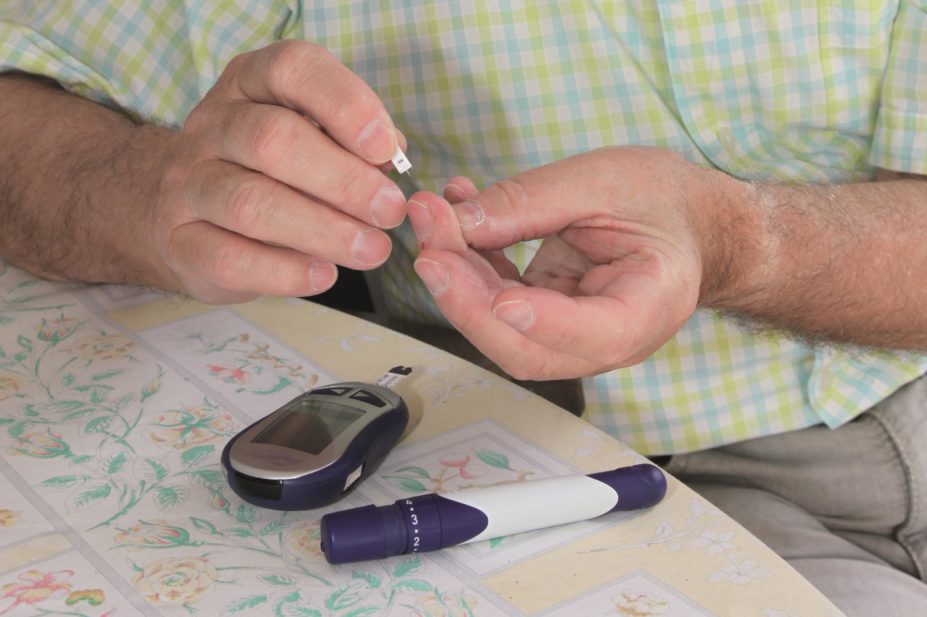
Shutterstock.com
Current UK guidance recommends keeping haemoglobin A1c (HbA1c) levels below 7.5% in adults with type 2 diabetes. But intensive glucose-lowering therapy can put older and more clinically complex patients at increased risk of hypoglycaemia.
US researchers analysed data on 31,542 adults with stable type 2 diabetes and identified those receiving intensive therapy, defined as receiving more medications than recommended at a particular HbA1c level.
Among patients defined as older (aged over 75 years) or clinically complex, 18.7% were treated intensively, as were 26.5% of non-complex patients. Intensive treatment in clinically complex patients was associated with a 77% increase in the two-year incidence of severe hypoglycaemia, from 1.7% with standard treatment to 3.0%.
Reporting in JAMA Internal Medicine (online, 6 June 2016)[1]
, the researchers say the risks and benefits of intensive glucose-lowering therapy should be carefully assessed for each individual patient.
References
[1] McCoy RG, Lipska KJ, Yao X et al. Intensive treatment and severe hypoglycemia among adults with type 2 diabetes. JAMA Internal Medicine 2016. doi: 10.1001/jamainternmed.2016.2275


